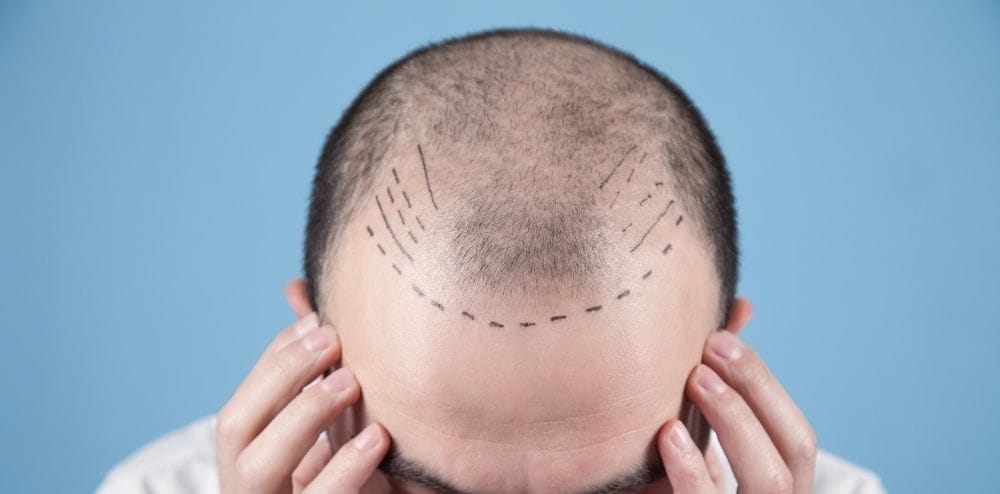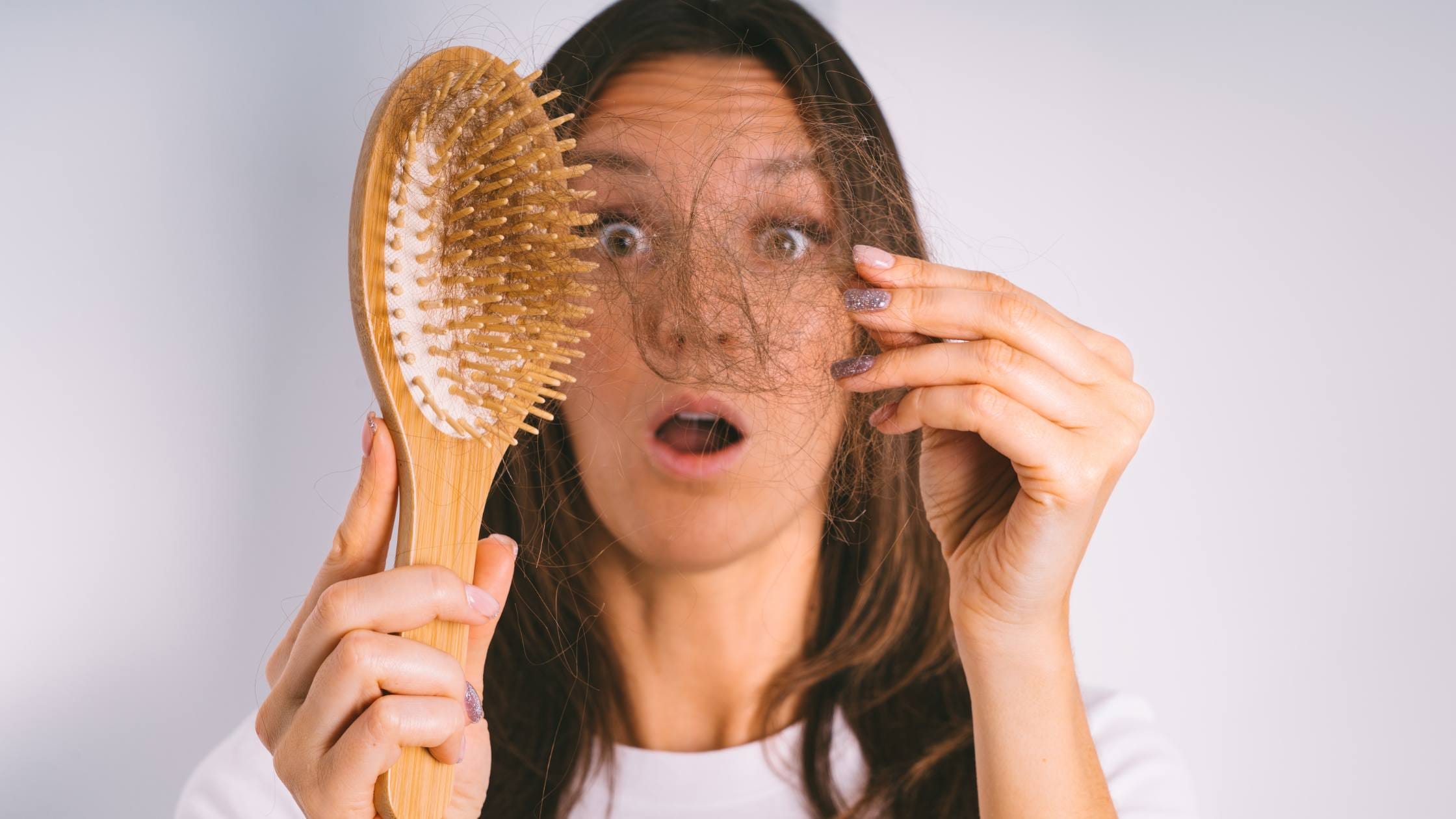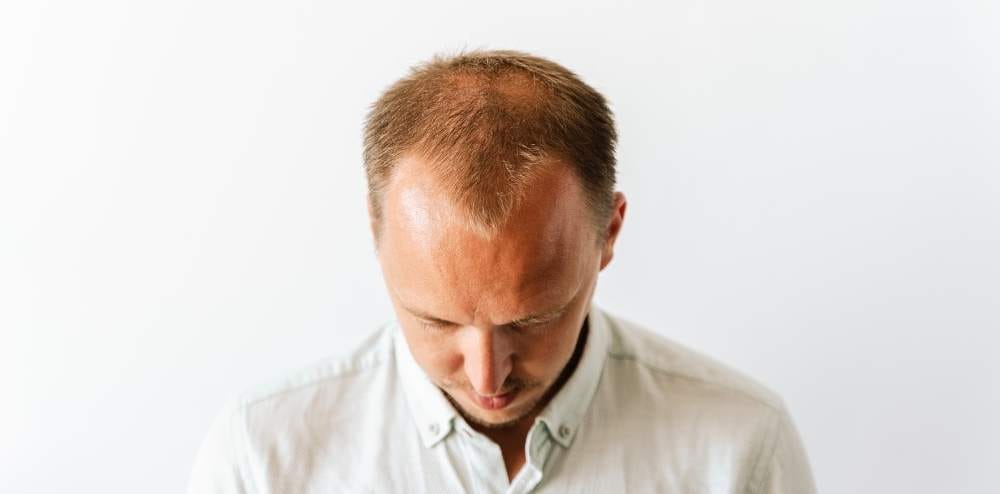A well-crafted hairline is the key to a successful hair transplant. The hairline is the building block for the face and impacts balance, symmetry, and looks. Good hair transplant surgeons use a little science, some creativity, and stringent precision to come up with a natural-looking hairline that emphasizes a patient’s features.
1. The Importance of a Natural Hairline
The worst of hairlines is one of the most visible indications that a hair transplant has been had. An ideally designed hairline will merge with a patient’s facial proportions, age, and hair characteristics. One wants to design the outcomes as inconspicuous as possible even to the keenest observer.
2. Key Factors in Hairline Design
Facial Shape: The surgeon uses great caution while examining the shape of the patient’s face to determine the most naturally placed hairline. A high forehead, round face, or angular jaw will all influence the ideal hairline shape.
Age and Degree of Hair Loss: A low-set hairline at youth won’t age well. A skilled surgeon can predict future hair loss and plan accordingly so that it will appear normal in the long term.
Hair Type and Density: Vertebrate hair types (curly, straight, thick, and fine) determine how a hairline will look. Graft placement and graft selection permit a soft, natural blending.
3. The Science of Hairline Construction
A natural hairline is not a straight line—it is an irregular, irregular shape that mimics nature. Experts use the following techniques:
Micro-Irregularity: An extremely irregular edge prevents an artificial “helmet-like” appearance.
Single-Hair Grafts: A soft, feathered edge is established on the front area through single-hair grafts of thin texture.
Density Gradation: The density level is reduced in the direction of the front and augmented in the direction of the back for a smooth gradation from the forehead to the central scalp.
Personalization in Hairline Design: Every patient has his own hairline shape. Some are content with a slight mature, receding appearance, but others want the full, more youthful appearance. An experienced hair transplant expert considers personal preferences, but always has regard for the natural looks.
Role of Advanced Technology: With advanced equipment like digital simulation of hairline and 3D imaging, the patient is shown the result prior to the process. Advanced technology enhances the design and makes possible realistic expectations.
Conclusion
A properly designed hairline can mean the difference between a giveaway transplant and a natural, unrecognizable result. Having a hair transplant expert who is seasoned and has a vision artistically ensures a hairline that harmonizes with your face and enhances your overall appearance. If you’re considering having a hair transplant, consult with an expert to design a hairline that will be most fitting for you.



